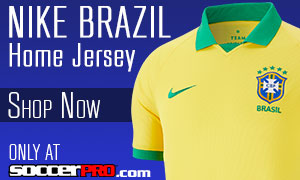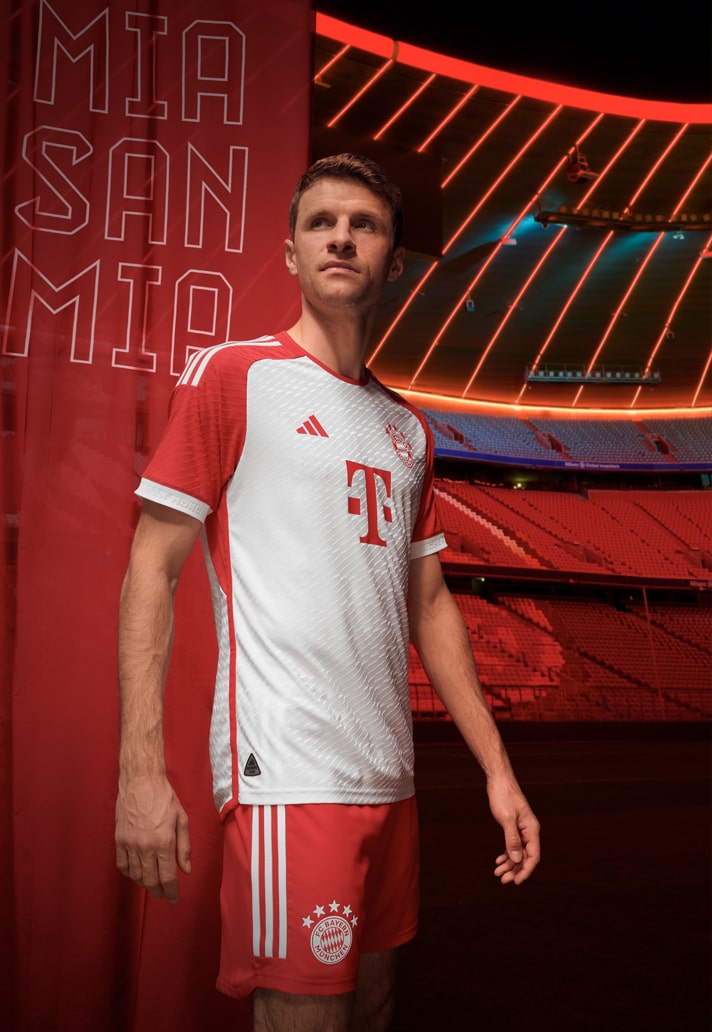Once players reach the high school age bracket in the U.S., they’ll find themselves using standard size 5 soccer balls in competition. The size 5 ball is considered suitable for ages 12 and up, so an athlete transitioning from the junior high level will be greeted with a familiar weight and feel on the pitch.
The Size 5 Soccer Ball
Size 5 adidas Soccer Balls, like those used in regulation MLS and NWSL play, have a circumference of 27-28 inches and weigh in at a scale-tipping 410-450 grams. As the official ball of Europe’s Premier League, Nike football balls share these specifications, providing a consistent standard across the highest echelons of adult competition. That means that as a high school player, you’re in elite company when it comes to the balls you’re using in competition.
The size gives a generous surface area for energy transfer when kicked and allows the spin of the ball greater drag against the air, changing its trajectory. At the same time, the heavier weight carries the ball forward against the resistance of the air and helps generate force on redirection strikes, such as headers.
Size and weight together let highly skilled players make astounding shots that seem to defy physics.
Soccer Balls and Age Brackets
Soccer ball sizes are divided by age brackets.
- 18-20 inch Size 1 is recommended for toddlers and preschoolers three and under
- 20-22 inch Size 2 and its weight of a little more than half an adult ball is recommended for children ages three to five
- 23-24 inch Size 3 is recommended for five to eight-year-olds
- 25-26 inch Size 4 is typically used for players between 8-12 years old
The smaller sizes and weights can be less daunting for smaller children to play with and easier to move as they learn the general rules of the game. While those ages are recommendations, most leagues, even for younger children, start with a size 3 ball which gives the heft and surface area needed for more practical application of their ball handling skills while still being more forgiving than an adult ball.
Meanwhile, sizes 1 and 2 are often relegated to promotional items, although they are considered regulation sizes for their corresponding age brackets.
Order Competition-Quality Soccer Balls
While they may not have the size and heft of competition balls, size 3 and 4 balls are sometimes still used by high school students and coaches during training to improve players’ touch and control skills. The smaller size requires greater precision, while the lighter weight helps fine-tune the power they put into passing and receiving drills.
Get your student athlete off the bench and onto the pitch with competition-quality soccer balls. Order your football balls from SoccerPro today.




No Comments